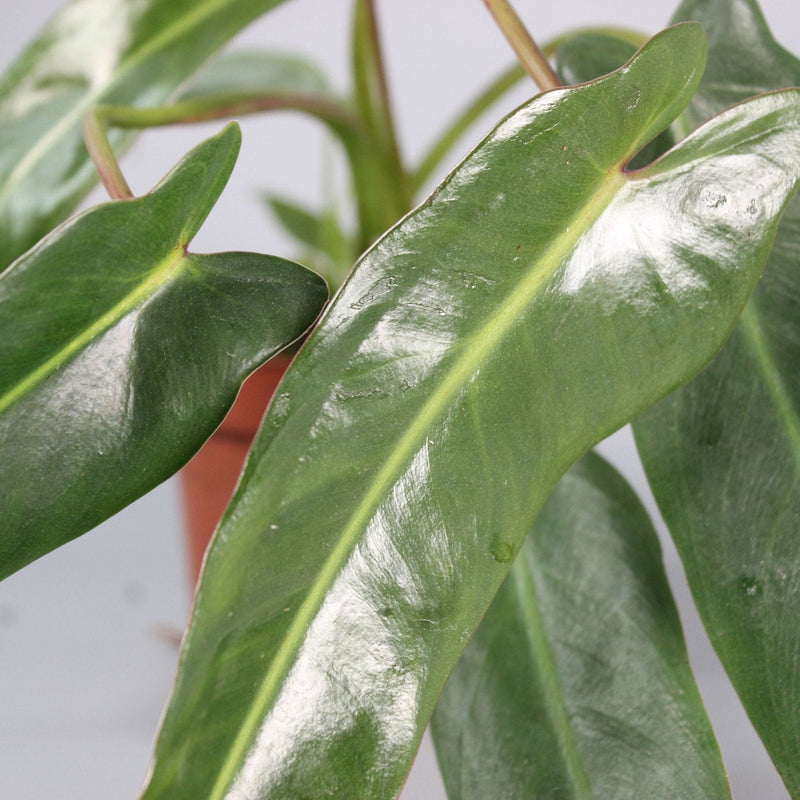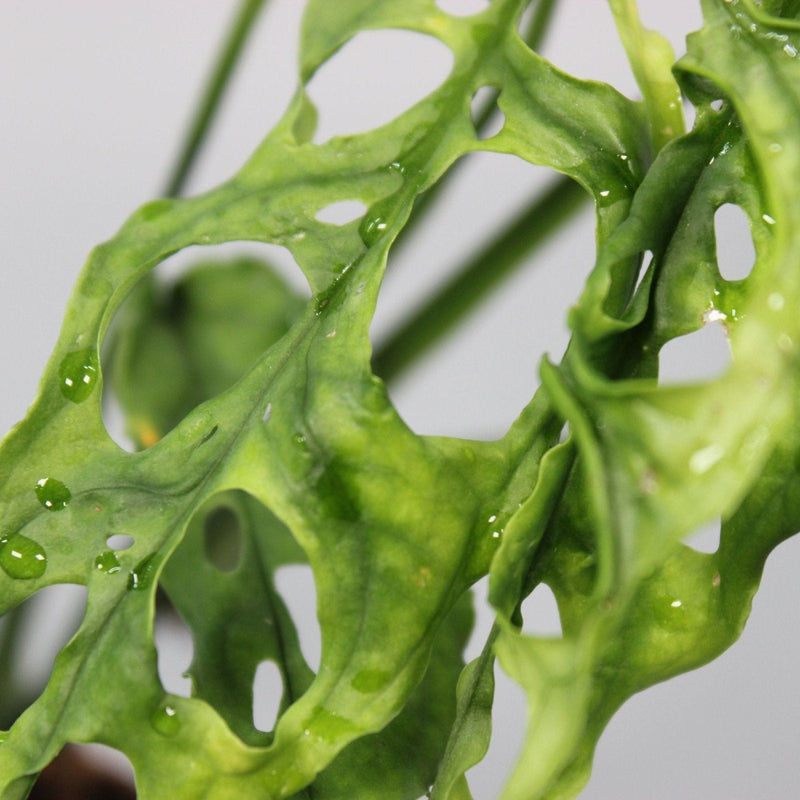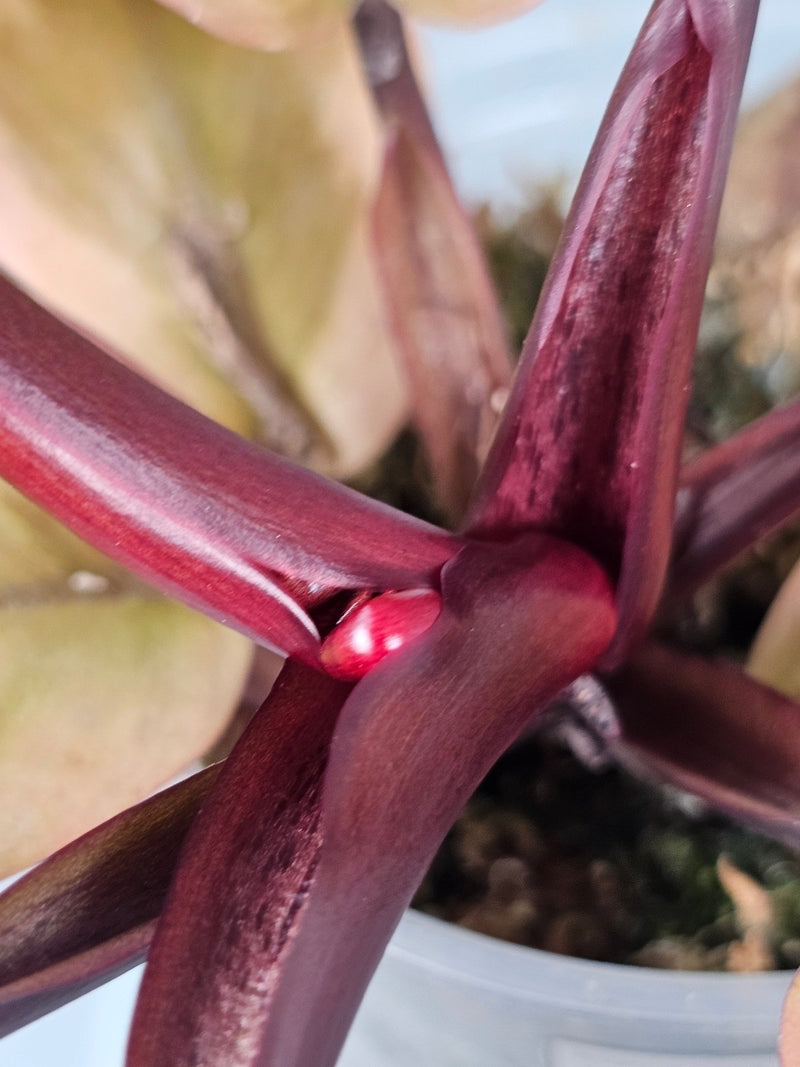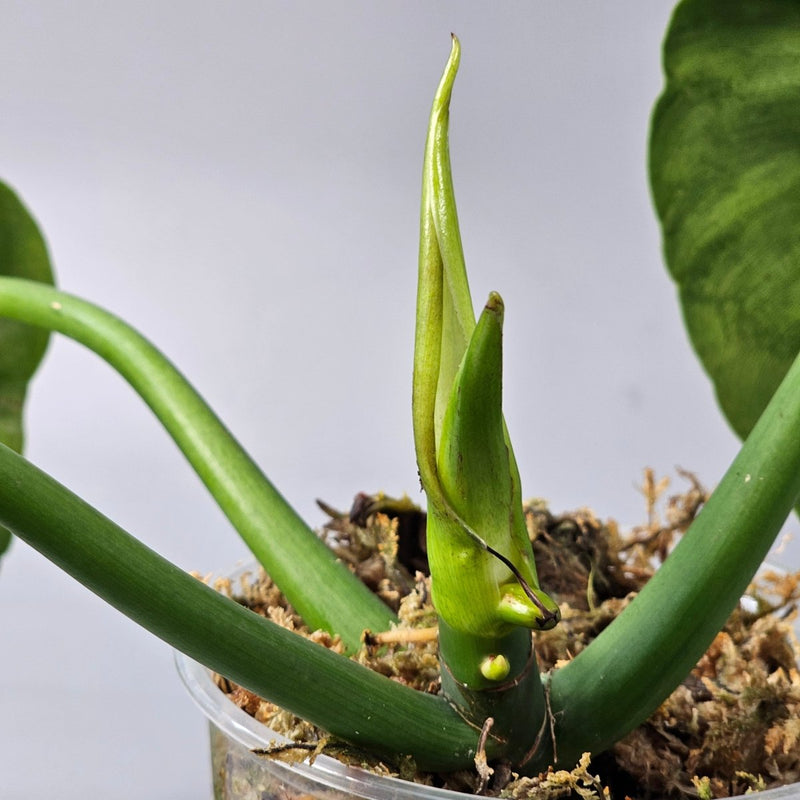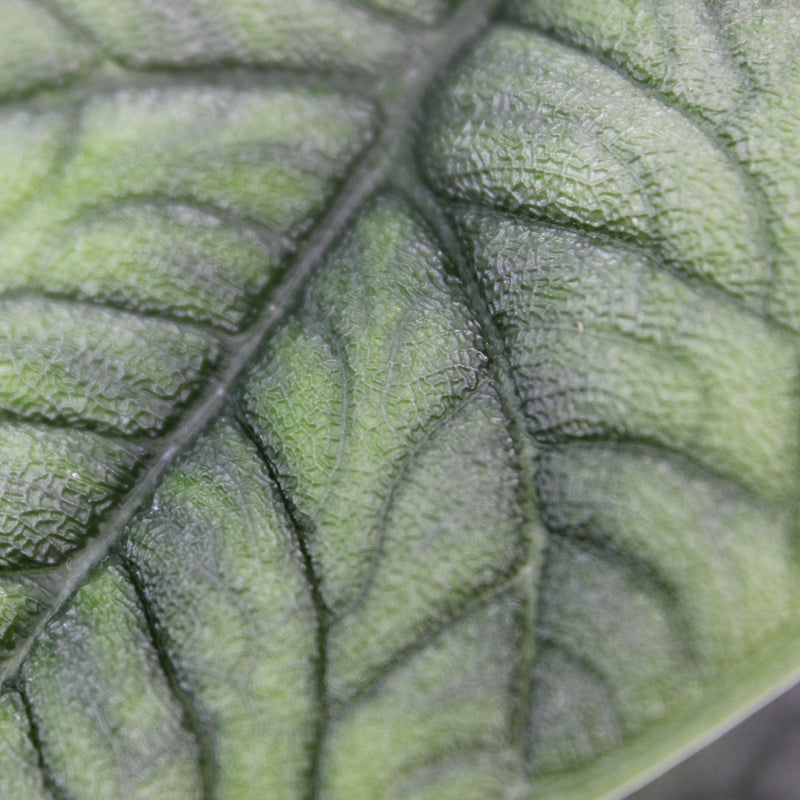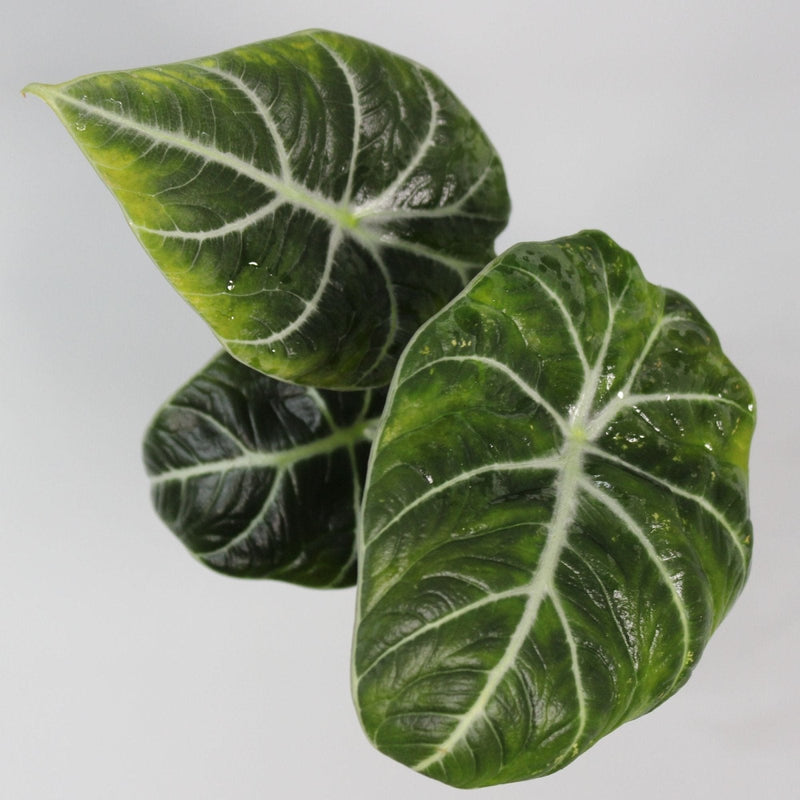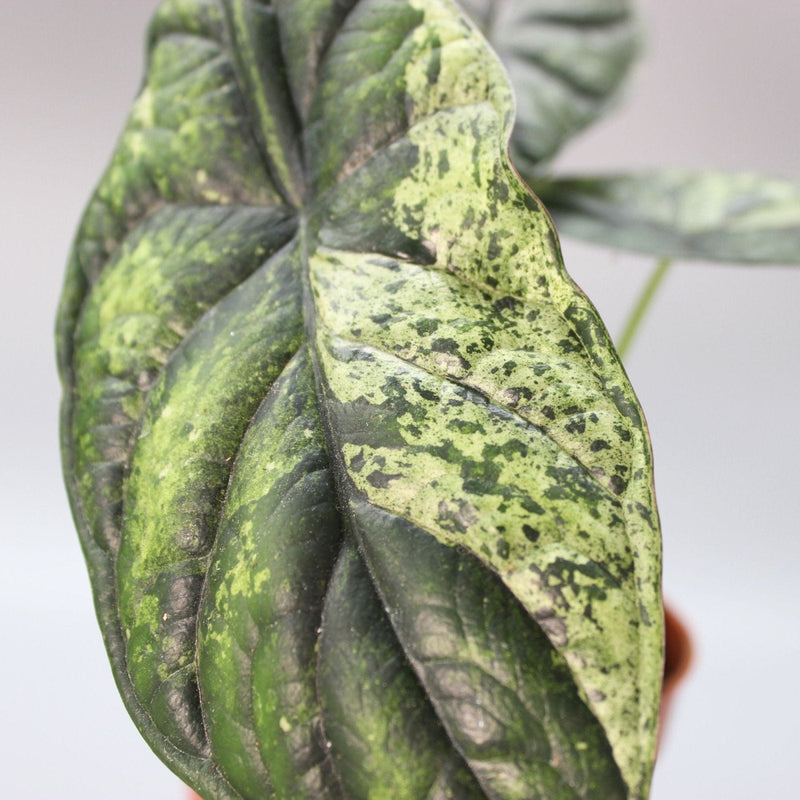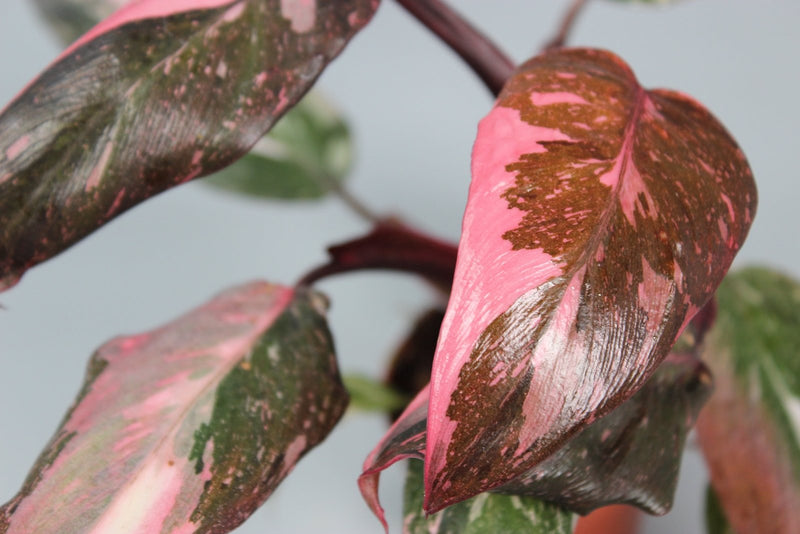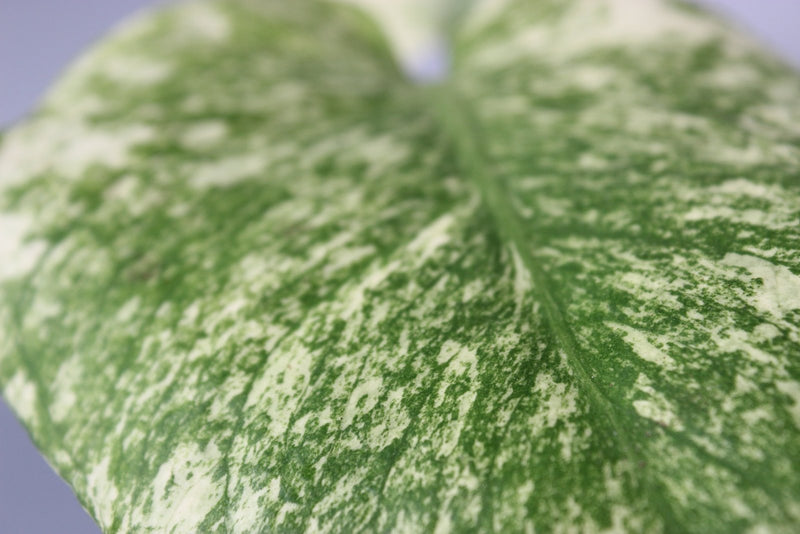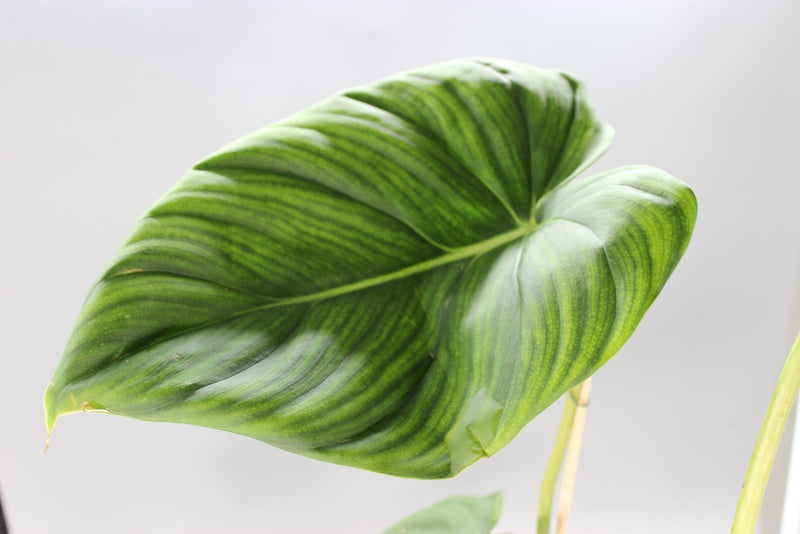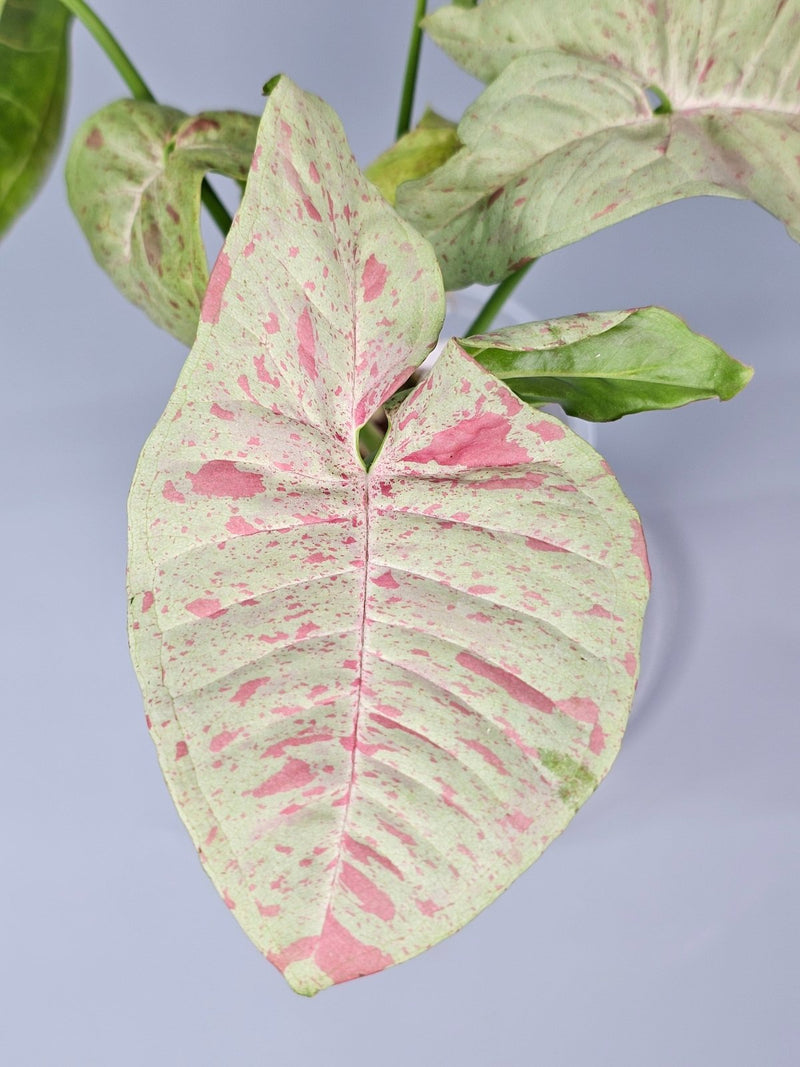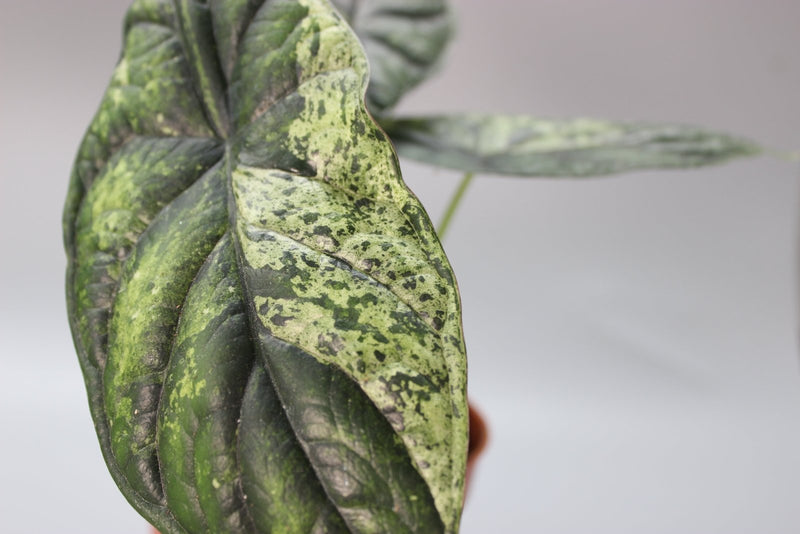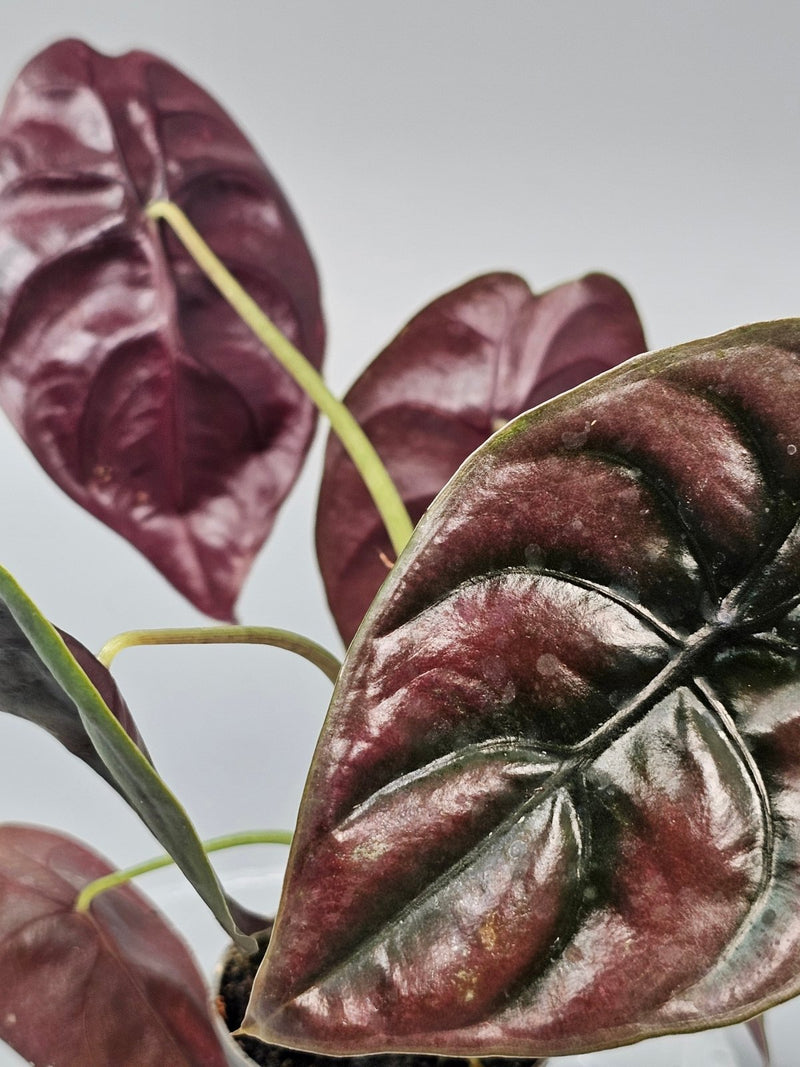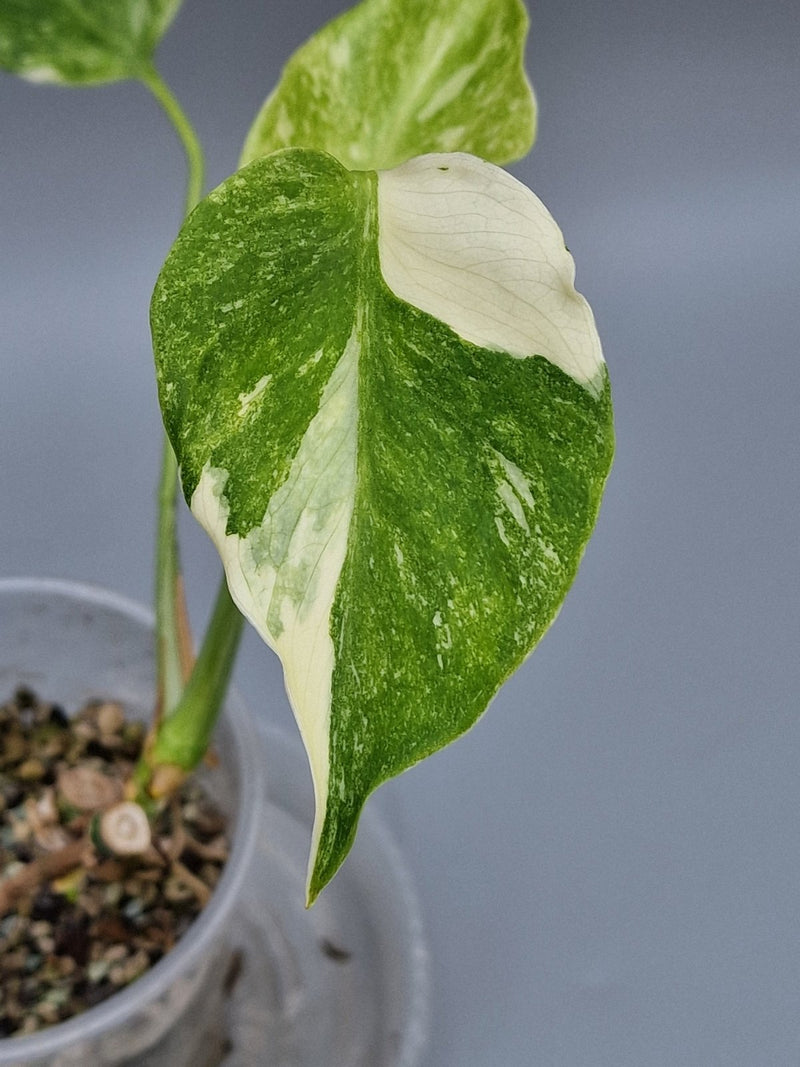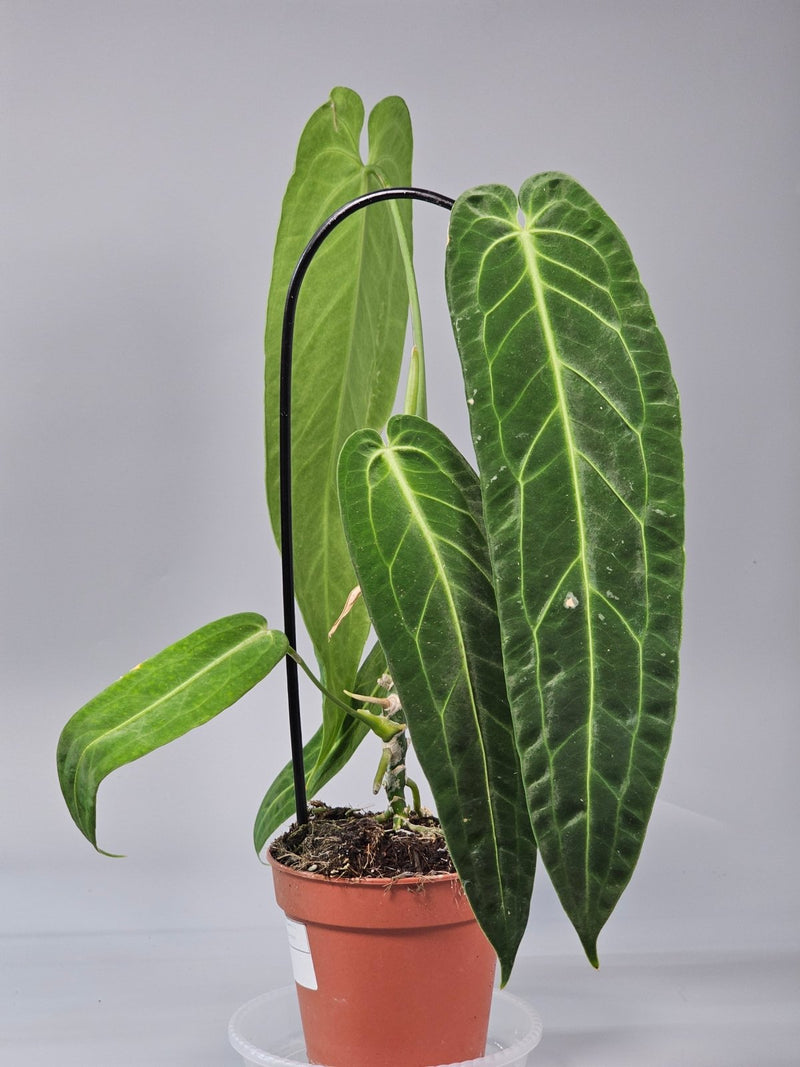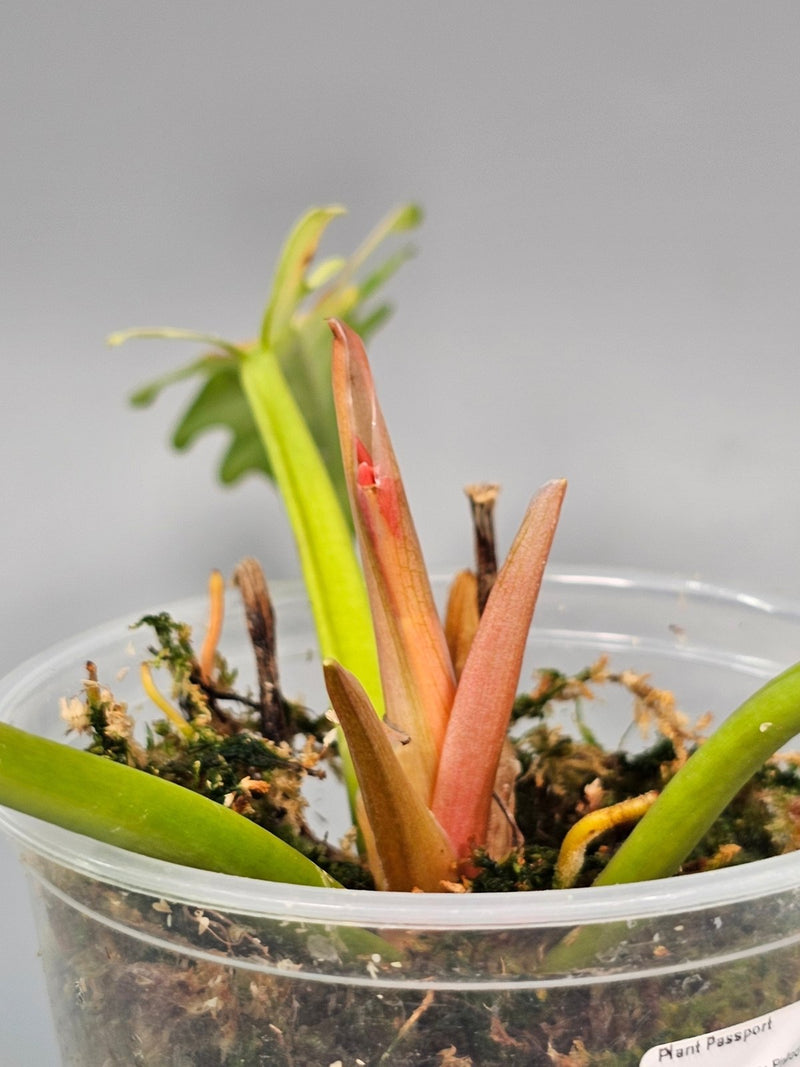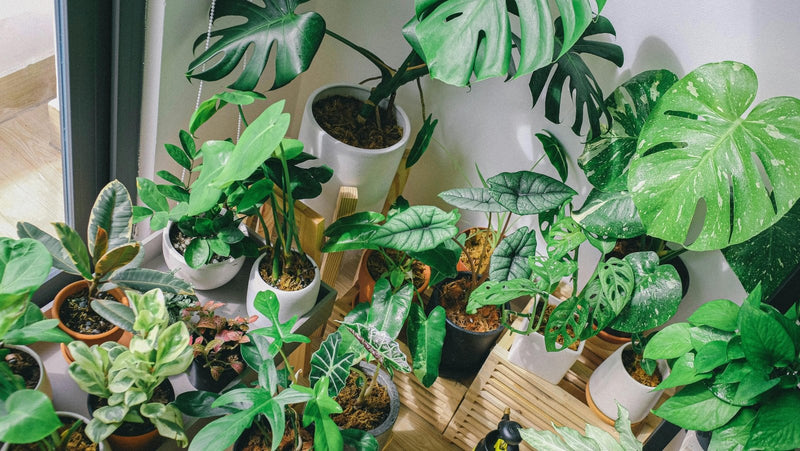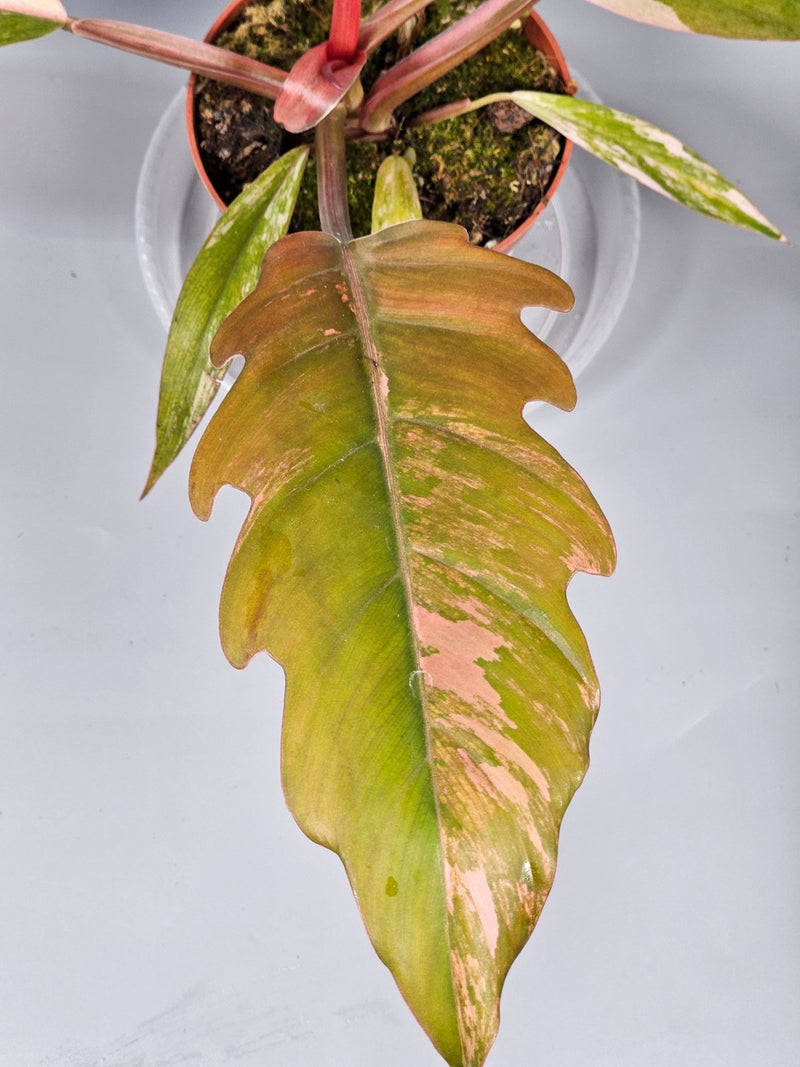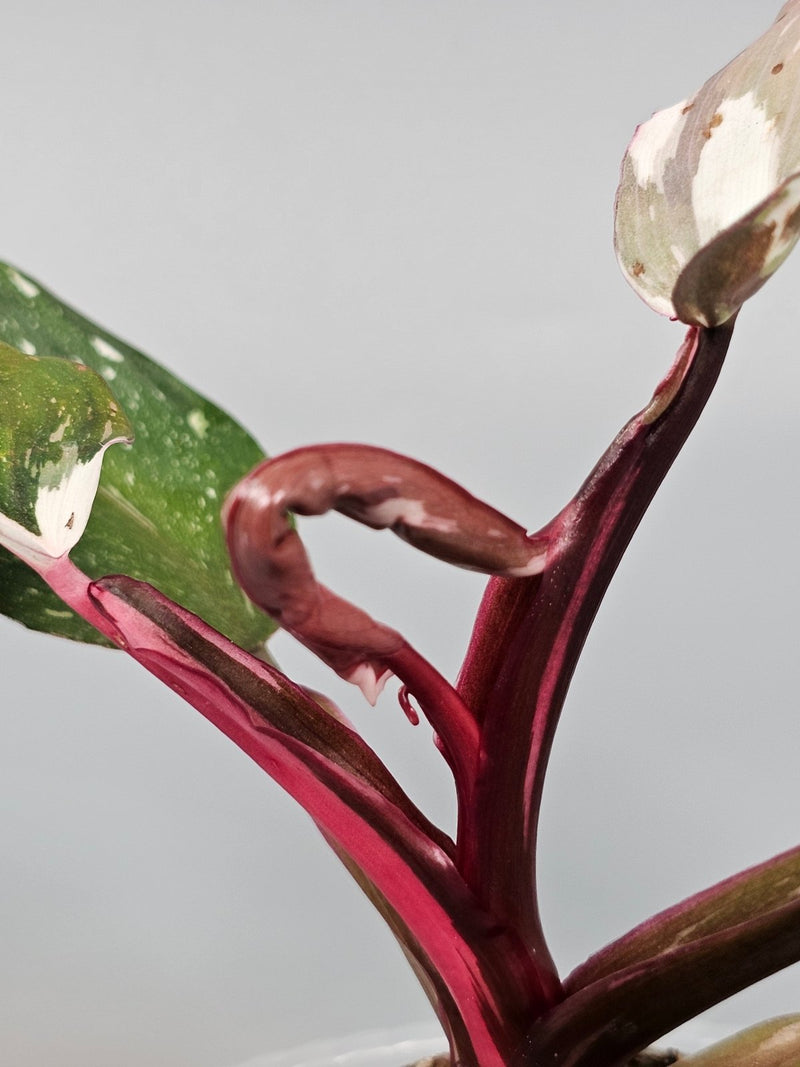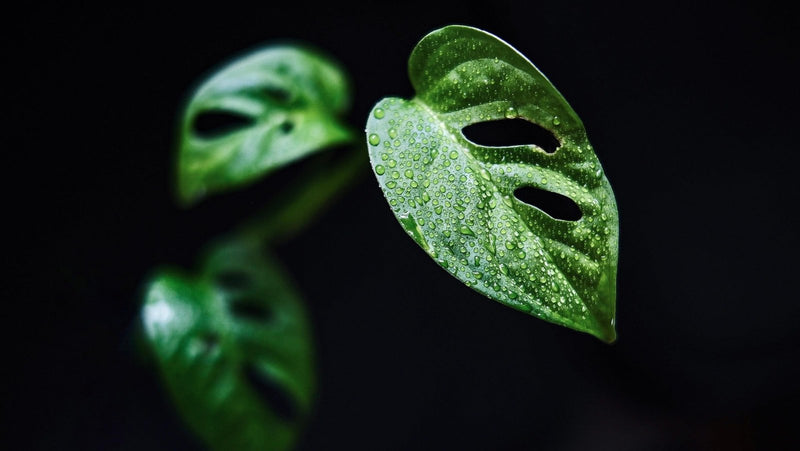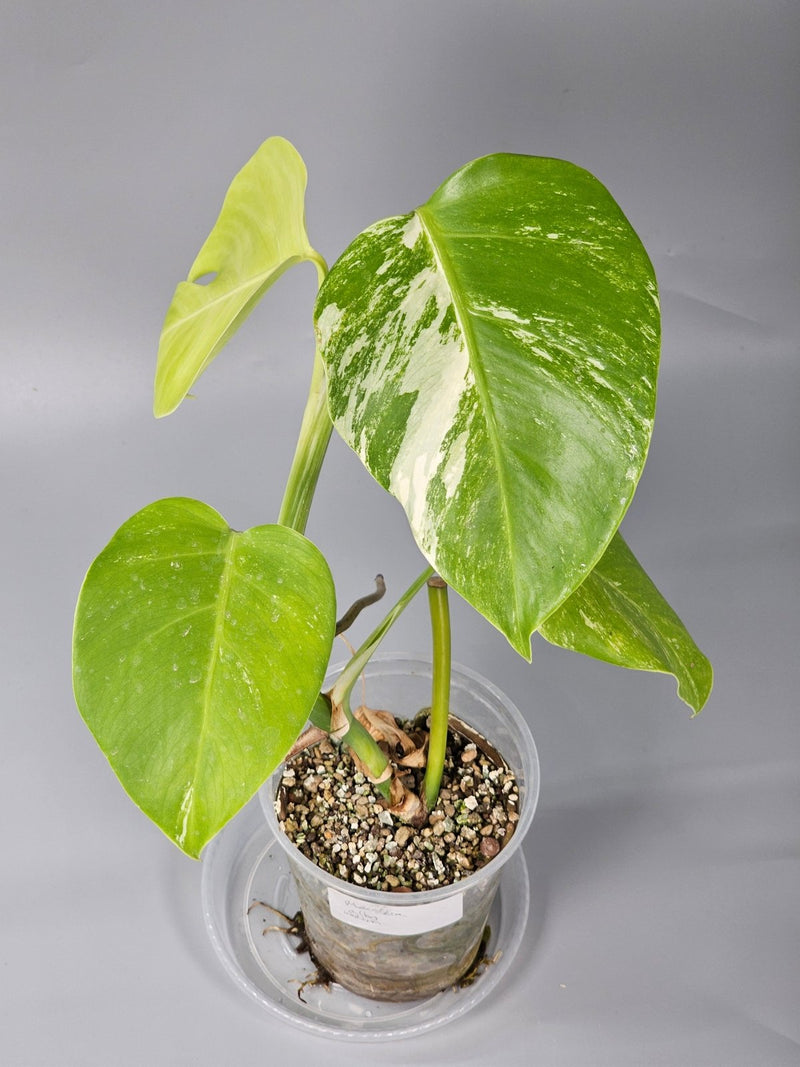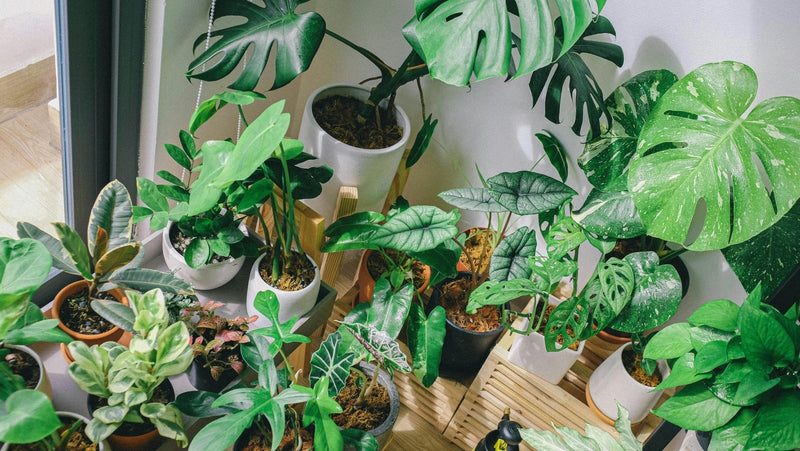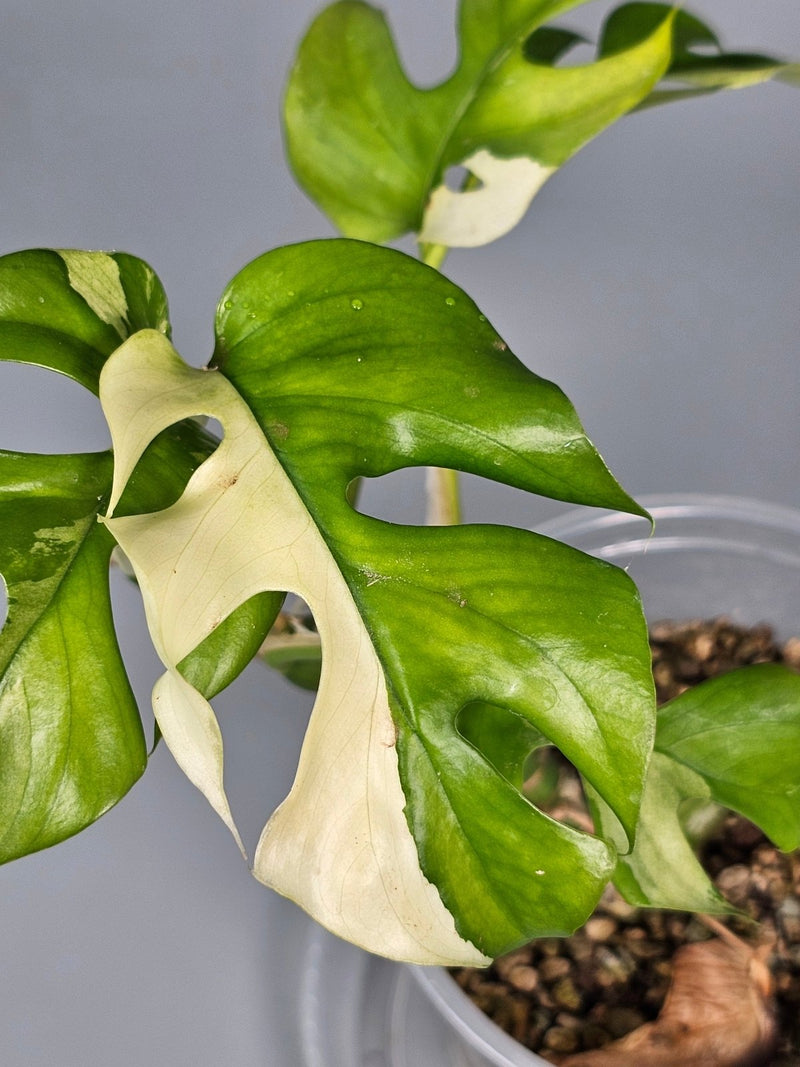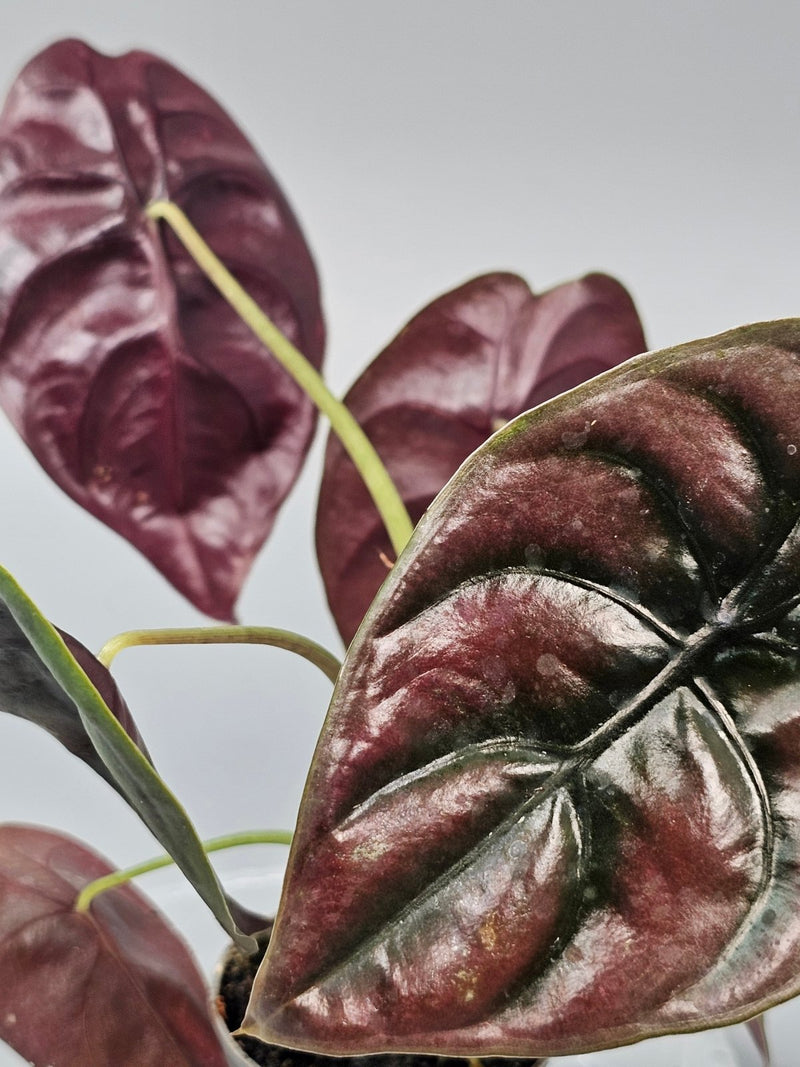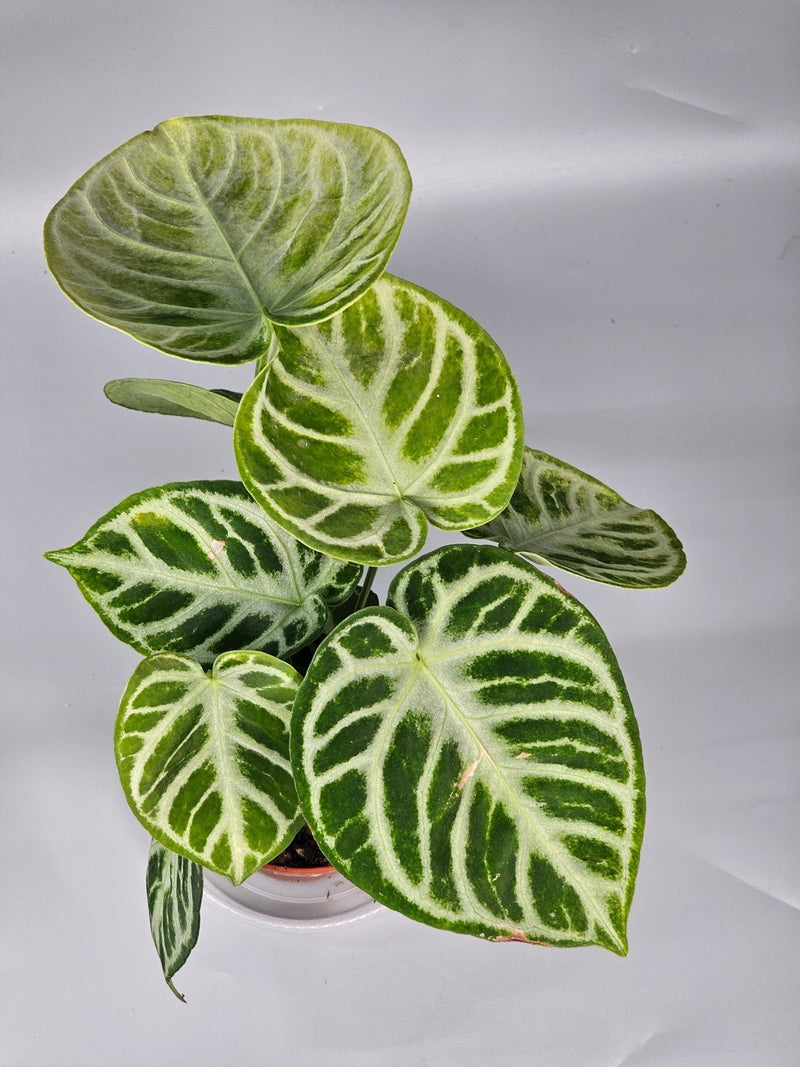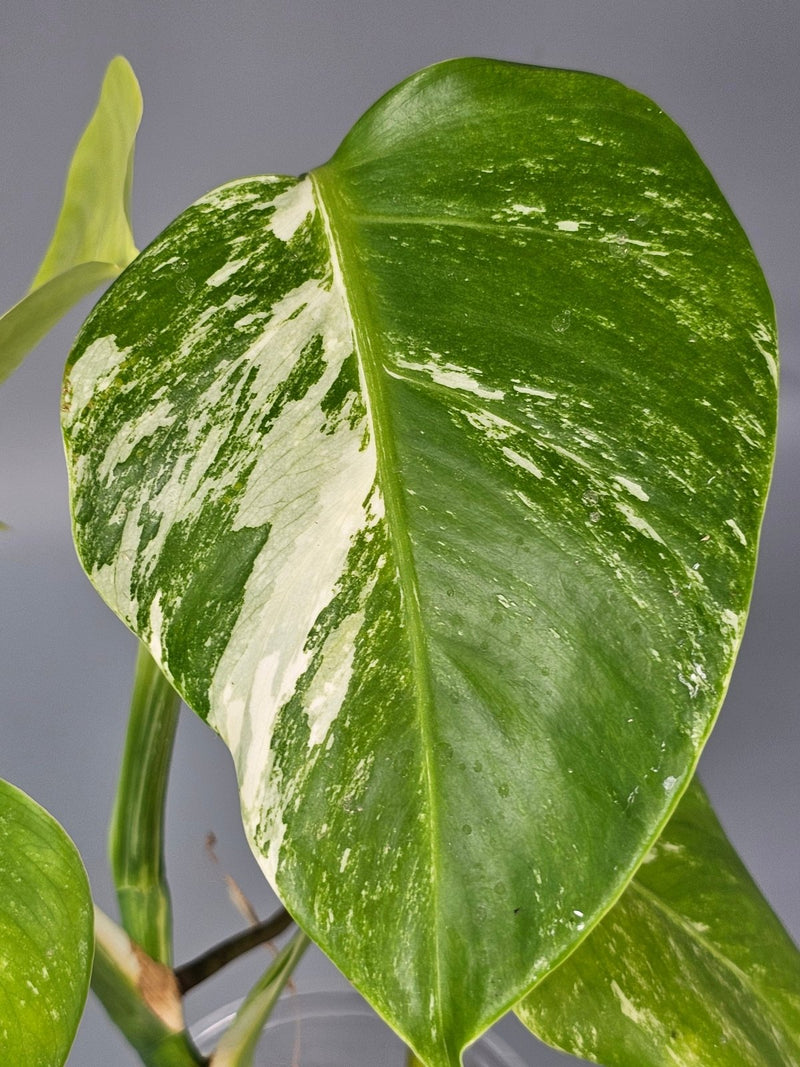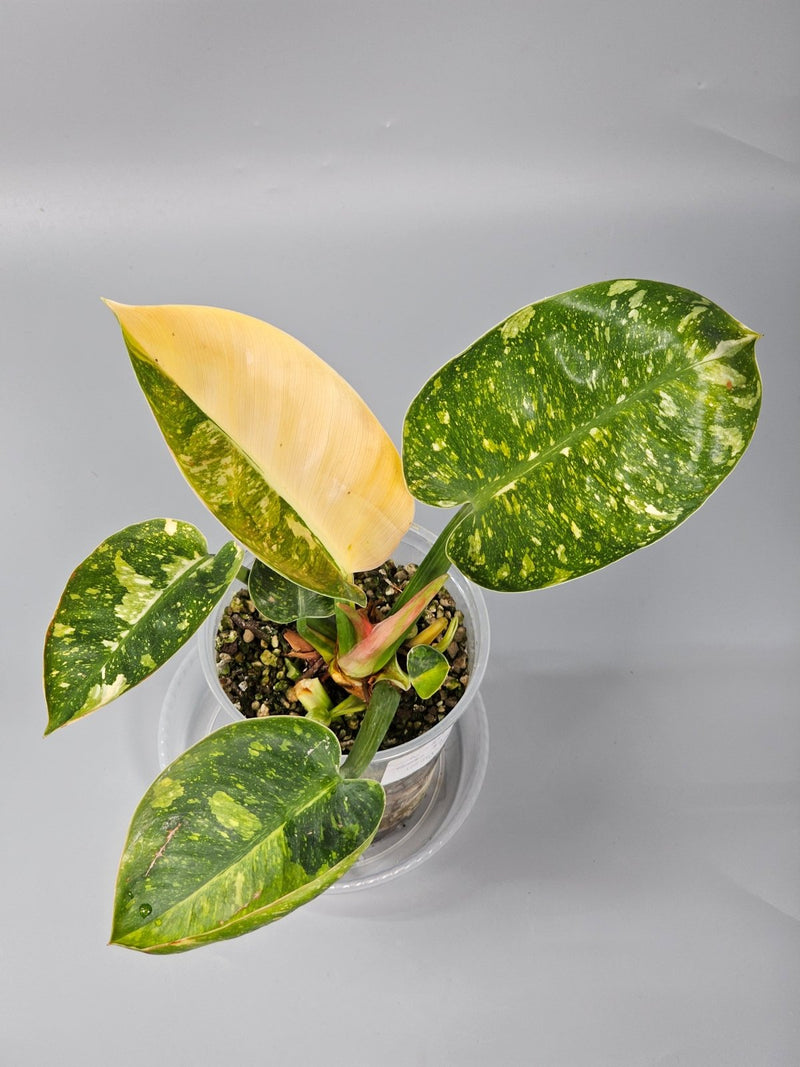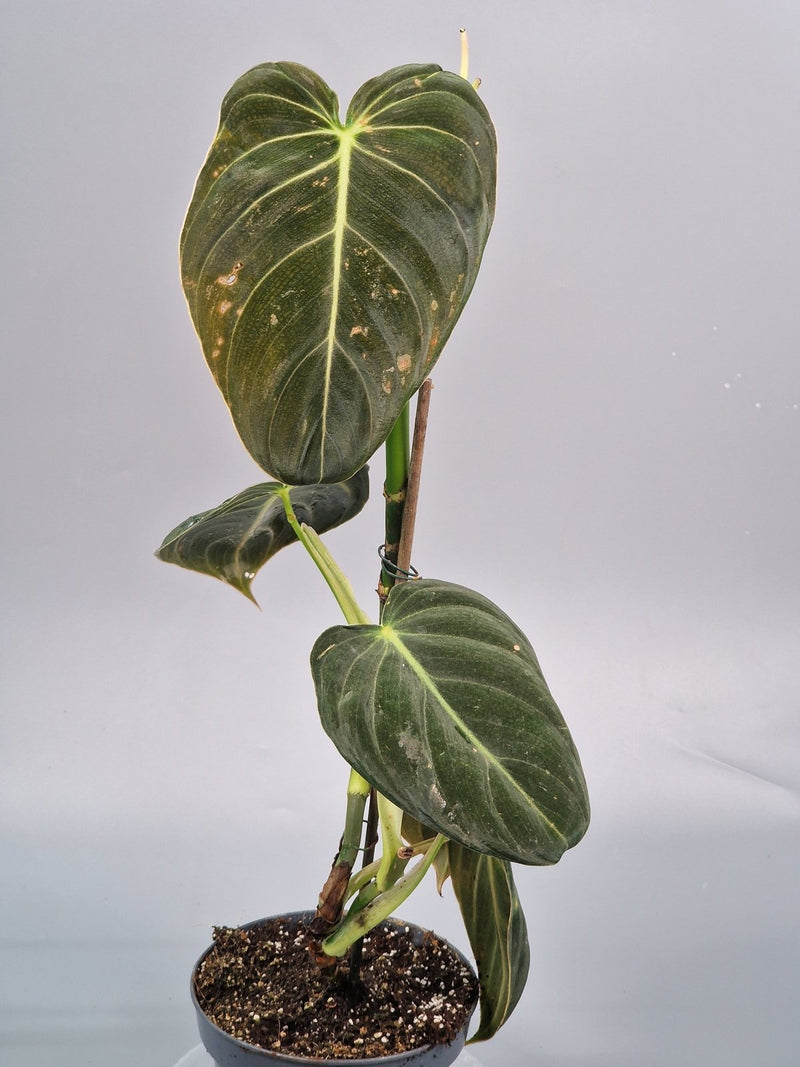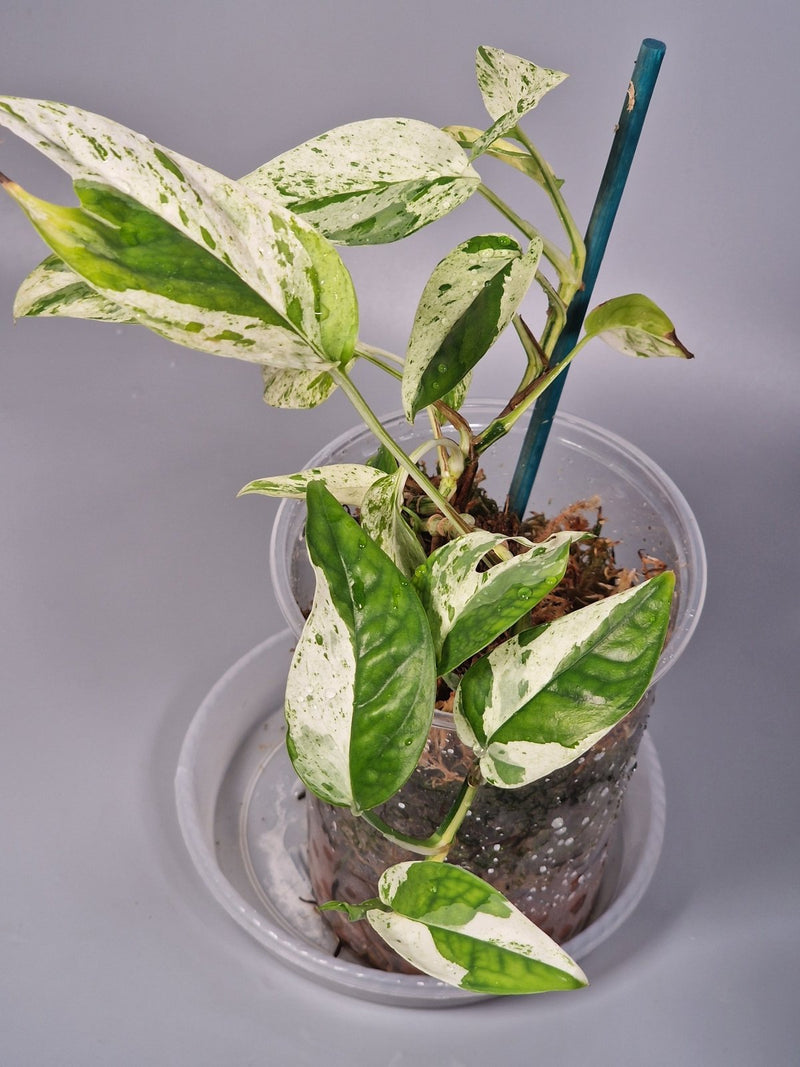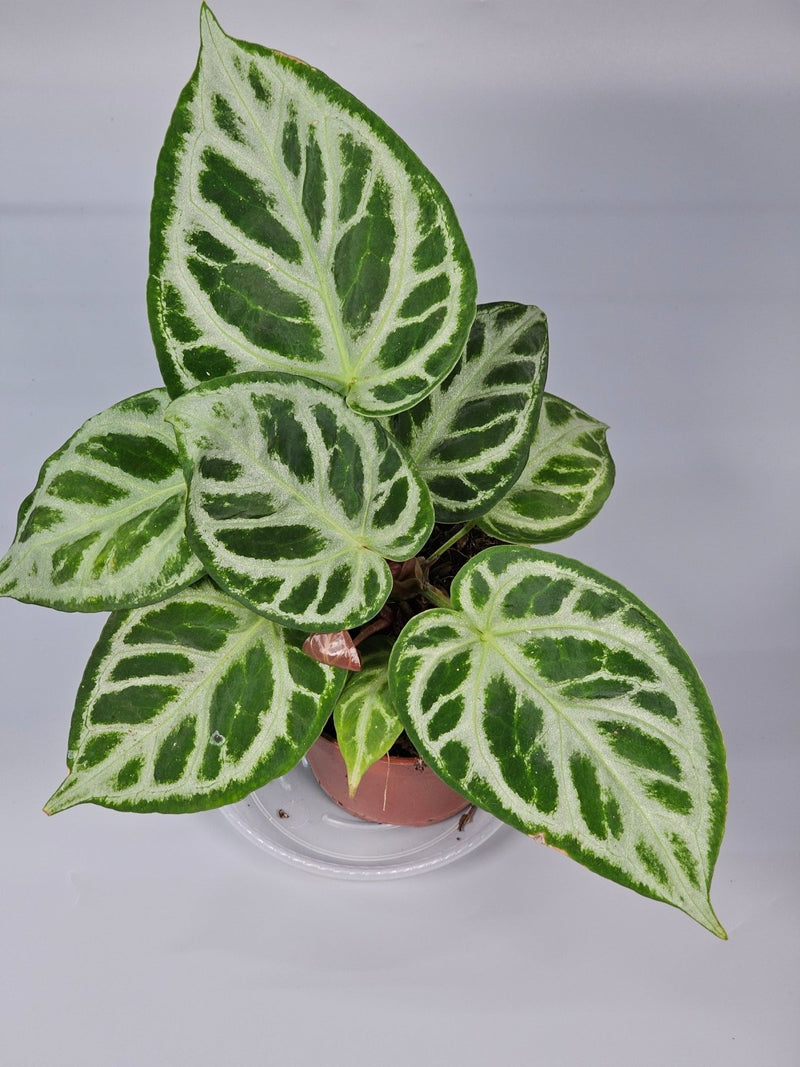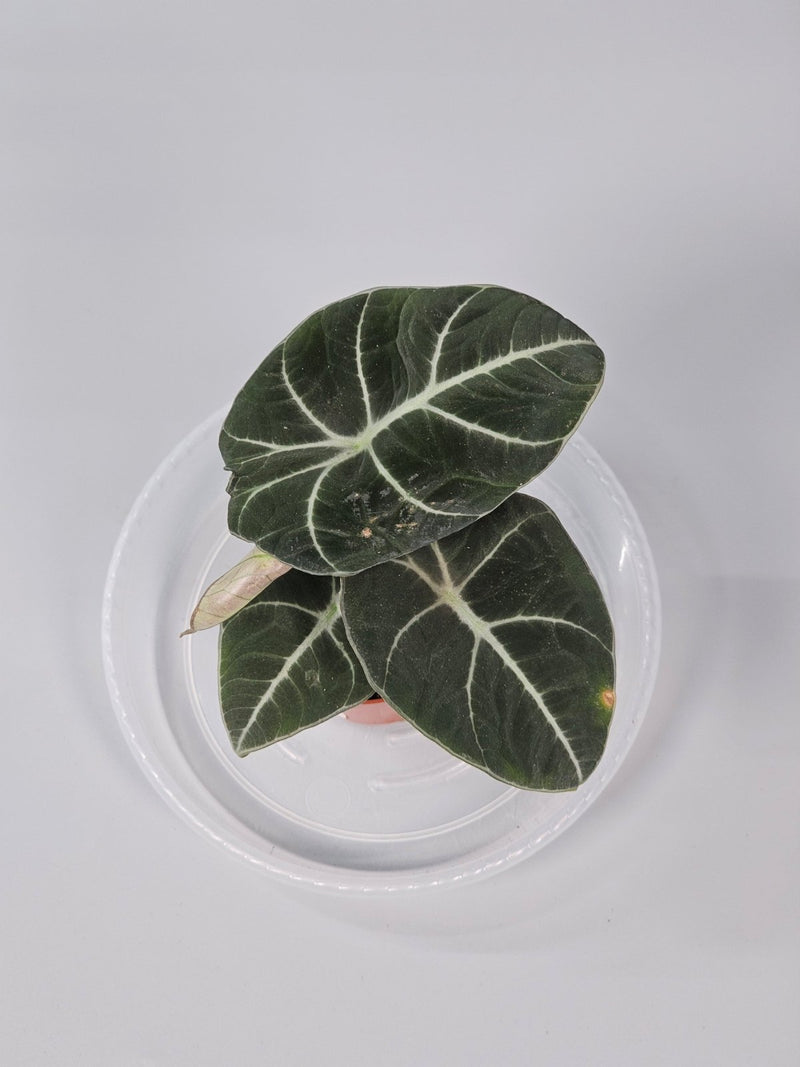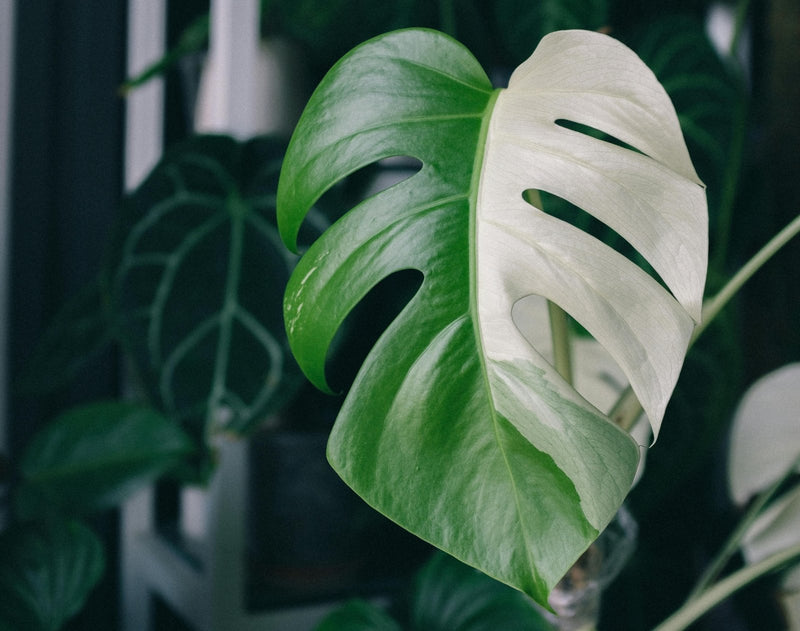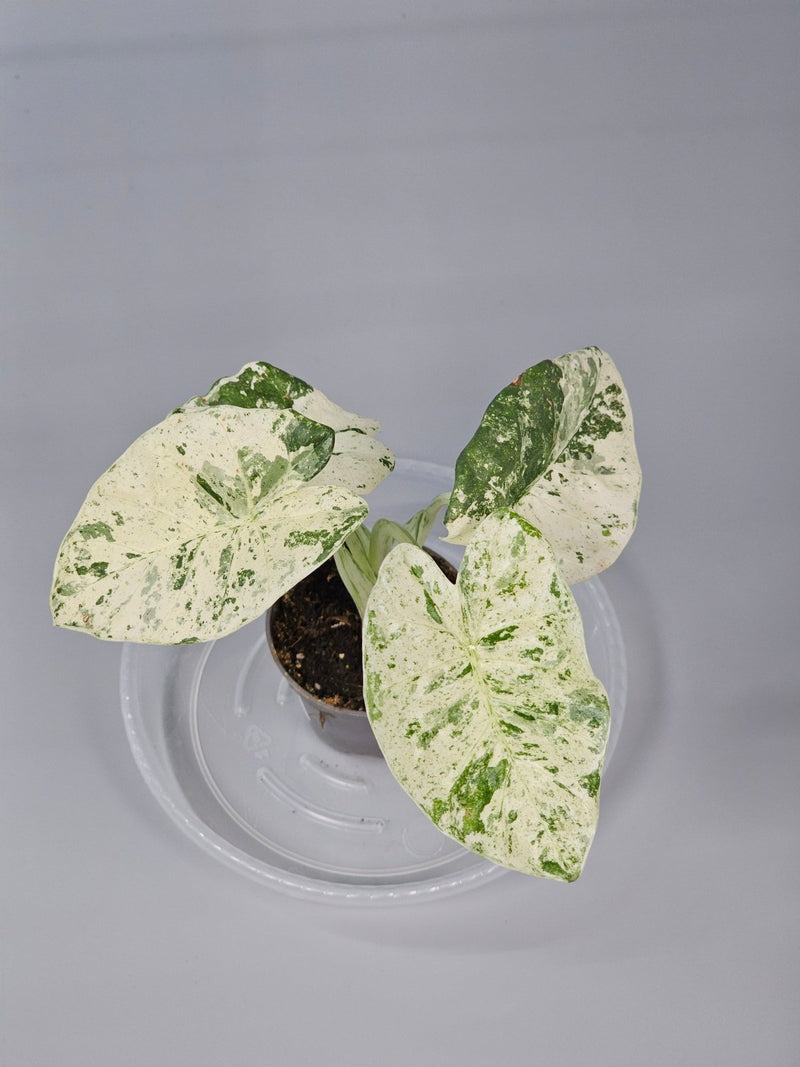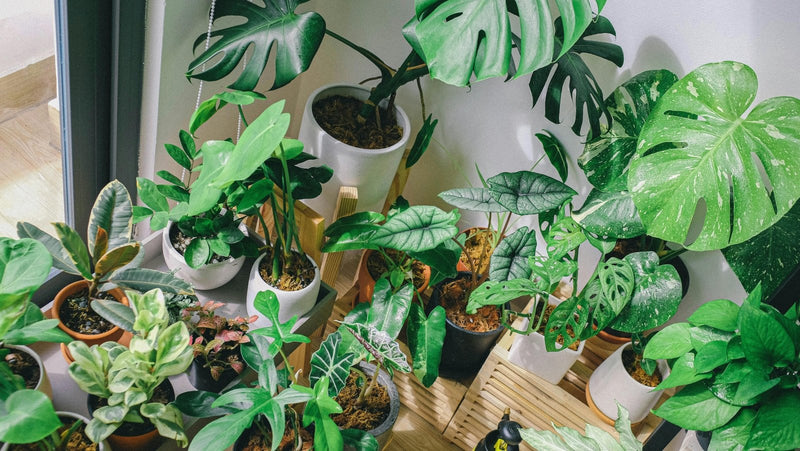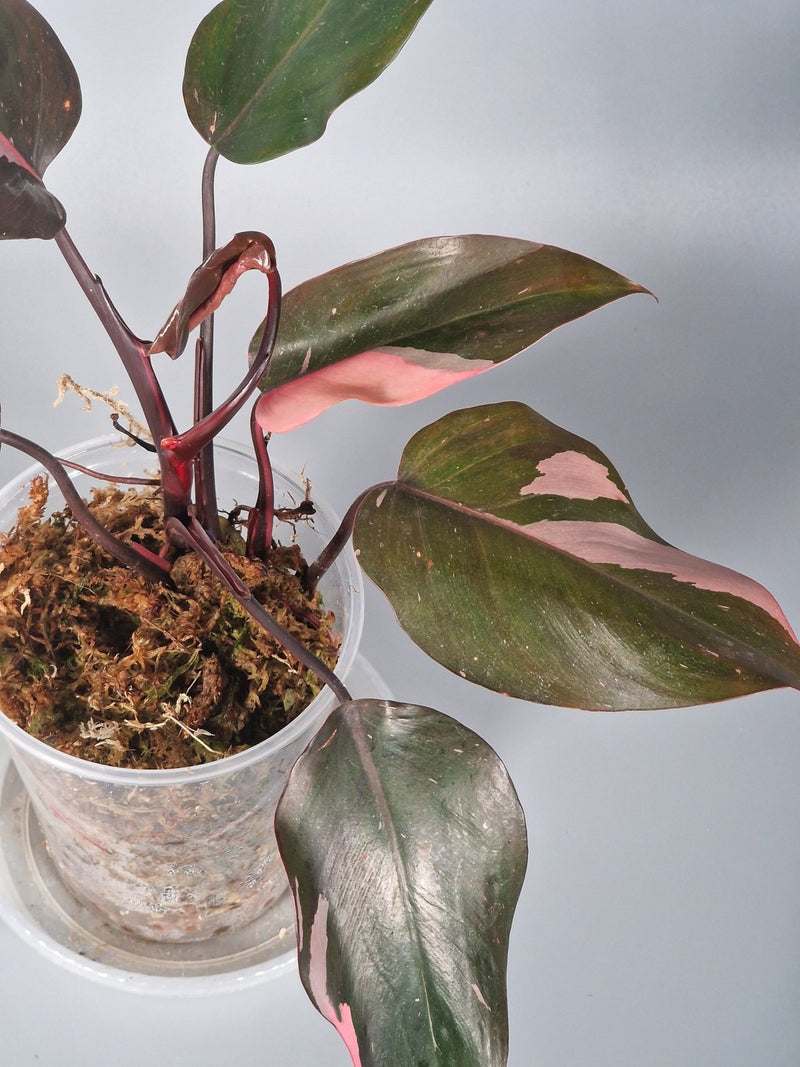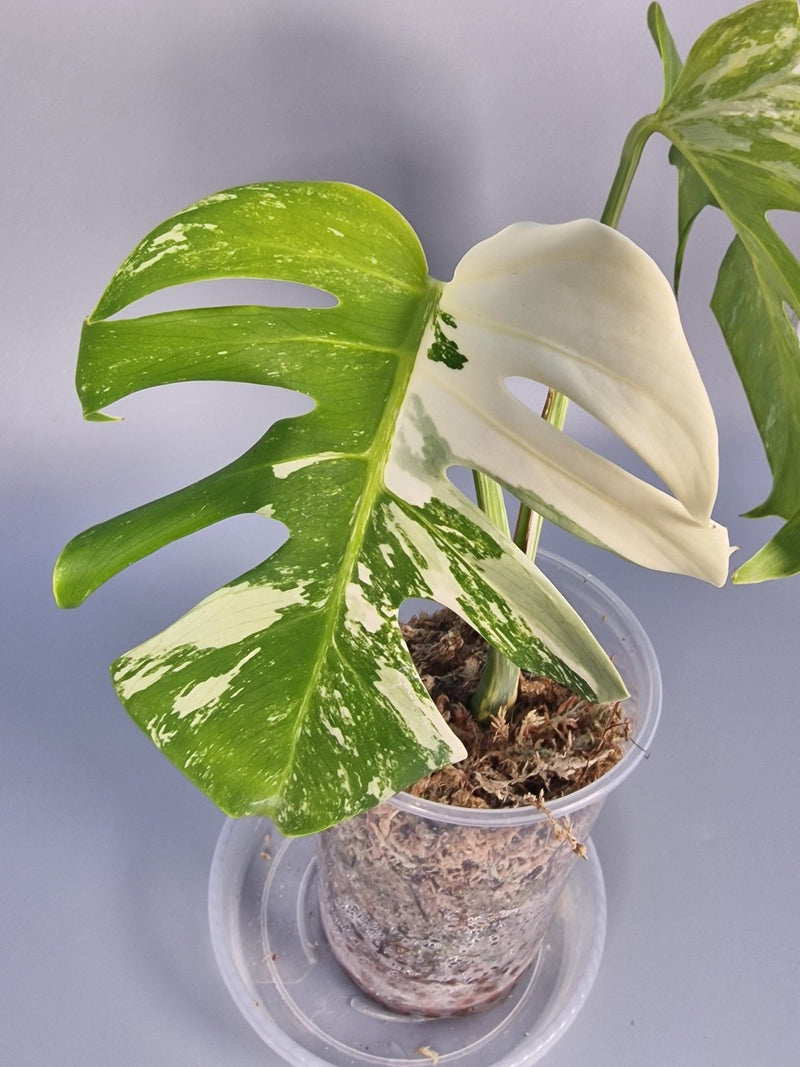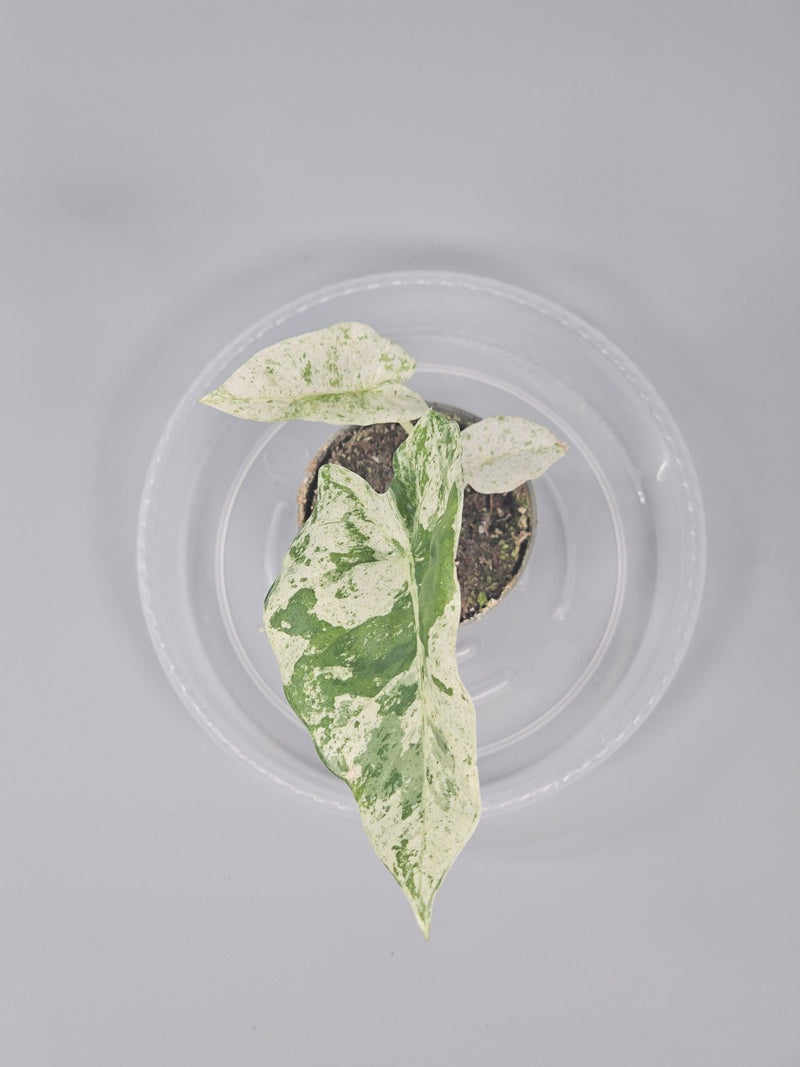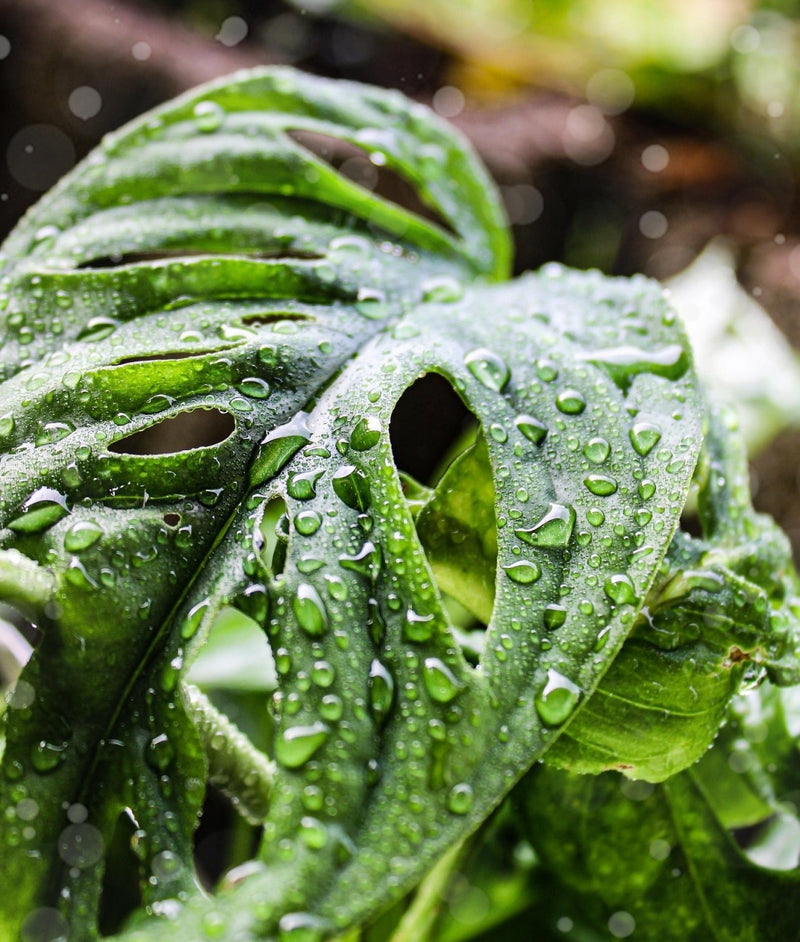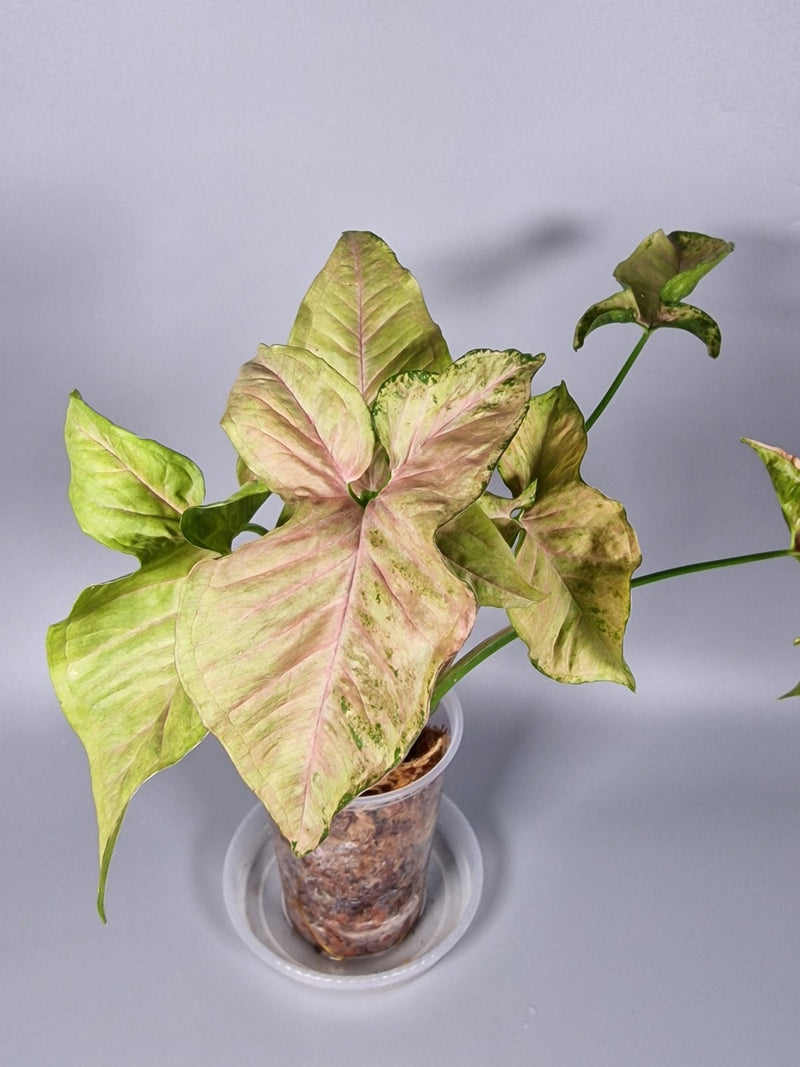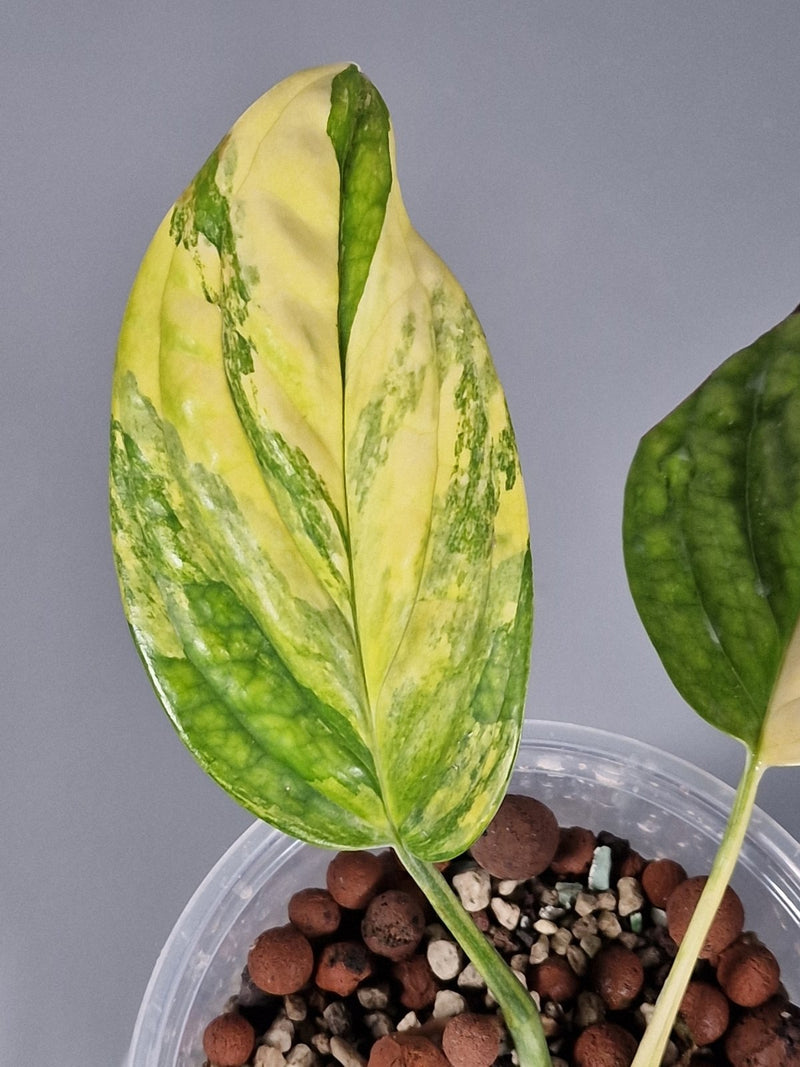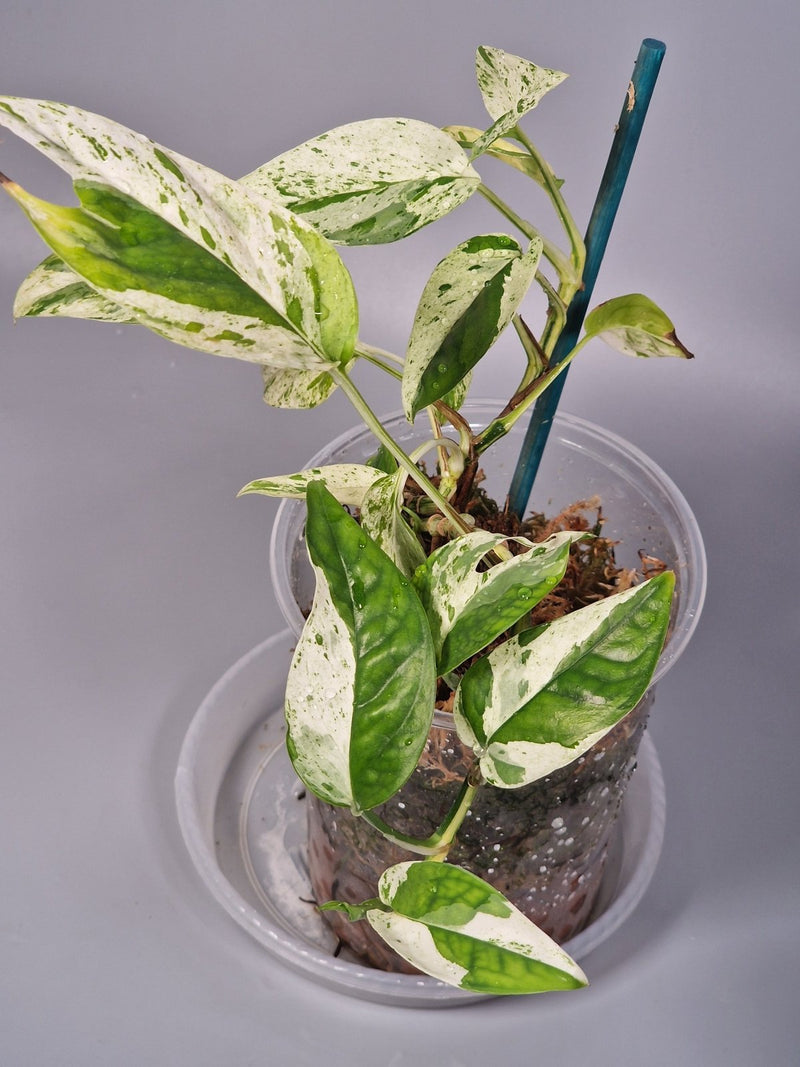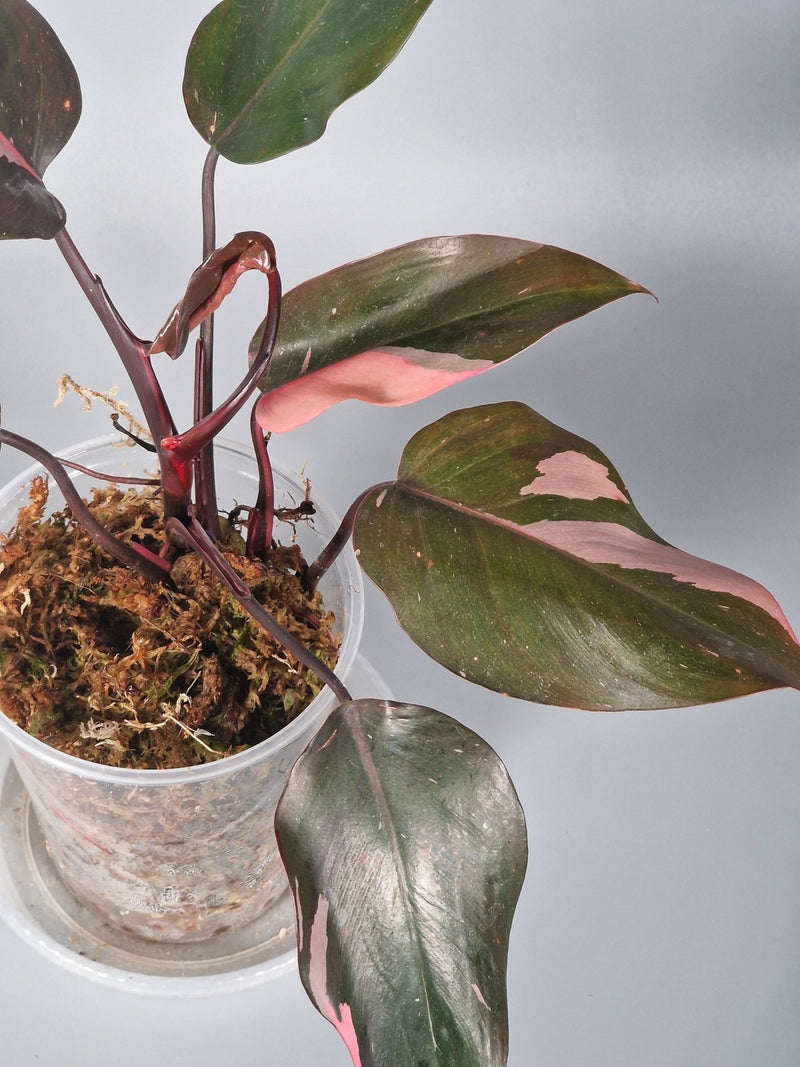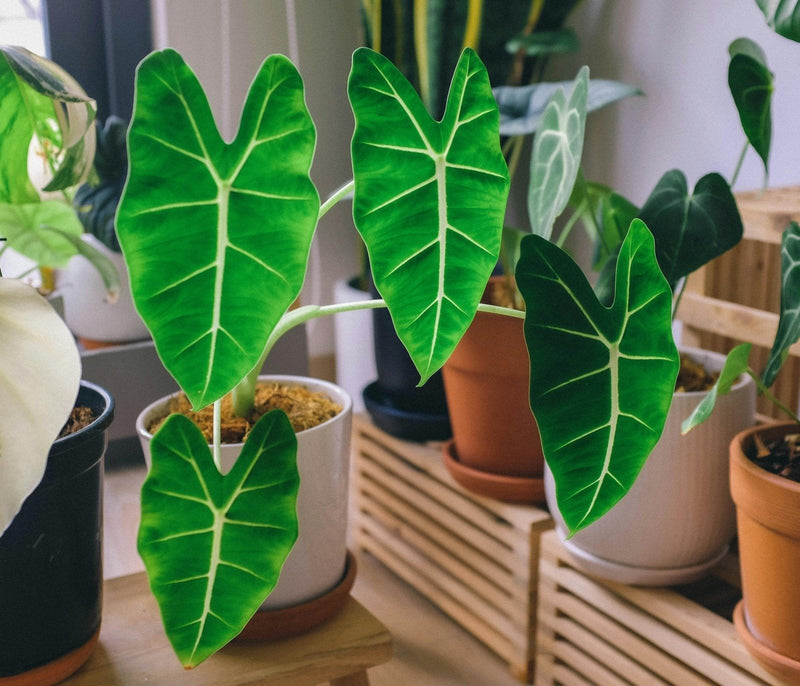Why Are My Anthurium Leaves Turning Brown?
As a lover of rare houseplants, encountering issues like browning leaves on your Anthurium can be disheartening. Anthuriums, with their glossy leaves and striking flowers, make a stunning addition to any indoor garden. However, when their leaves start turning brown, it often signals that something might be amiss in their care routine. Let’s explore the common reasons behind this issue and how to rectify them.
Common Causes of Browning Anthurium Leaves
Browning leaves in Anthuriums can be attributed to several factors, ranging from environmental stresses to improper care practices. Understanding these can help you quickly rectify the issue and restore your plant to health.
- Watering Issues: Both overwatering and underwatering can cause the leaves of your Anthurium to turn brown. Overwatering leads to root rot, while underwatering can dehydrate the plant.
- Low Humidity: Anthuriums thrive in high humidity environments. Dry air can desiccate the leaves, leading to browning edges.
- Excessive Light: While Anthuriums need bright, indirect light, too much direct sunlight can scorch the leaves, causing them to brown.
- Pests and Diseases: Pests like spider mites and diseases such as bacterial blight can also lead to brown spots on the leaves.
- Nutrient Deficiency: A lack of essential nutrients, particularly magnesium and iron, can manifest as browning leaves.
Step-by-Step Solutions to Prevent Browning Leaves
Addressing the browning of your Anthurium leaves involves a few careful adjustments to your plant care routine:
- Adjust Your Watering Schedule: Ensure the soil is moist but not soggy. Water your Anthurium when the top inch of soil feels dry to the touch.
- Improve Humidity: Use a humidifier or place a water tray near your plant to boost the surrounding humidity.
- Optimize Light Exposure: Position your Anthurium in a spot where it receives bright, indirect sunlight. Avoid direct sun exposure, especially during the hot midday hours.
- Check for Pests and Diseases: Regularly inspect your plant for signs of pests or disease. Treat infestations early with appropriate pesticides or natural remedies.
- Feed Your Plant: Use a balanced, water-soluble fertilizer every other month during the growing season to prevent nutrient deficiencies.
FAQs About Anthurium Care
How often should I water my Anthurium?
Water your Anthurium once the top inch of soil has dried out. This usually means watering once a week, but adjust according to temperature and humidity levels.
What is the best fertilizer for Anthuriums?
A balanced 20-20-20 fertilizer diluted to half-strength is ideal for feeding an Anthurium. Apply during the growing season for best results.
How do I increase humidity for indoor plants?
Besides using a humidifier, you can place your plant on a water-filled pebble tray or group it with other plants to create a microenvironment with higher humidity.
Styling Your Anthurium
Anthuriums are not just admired for their care aspects but also for their aesthetic appeal. Place your Anthurium in a bright, well-lit room, away from direct sunlight, to complement modern and minimalistic decor themes. Opt for decorative pots that match your interior to enhance the overall appearance of your space.
For more tips on caring for your Anthurium or other rare houseplants, feel free to explore our detailed guides and articles. Whether you are a seasoned plant parent or new to the indoor gardening scene, understanding the unique needs of your plants is key to enjoying their beauty and benefits.
Remember, each plant is unique and might show different signs of distress. Observing your plants regularly and adjusting care promptly can make a significant difference in their health and growth.


